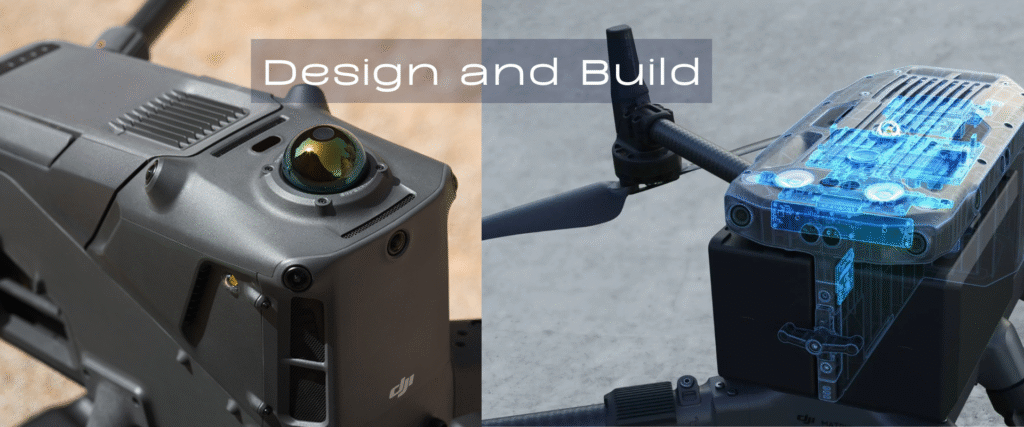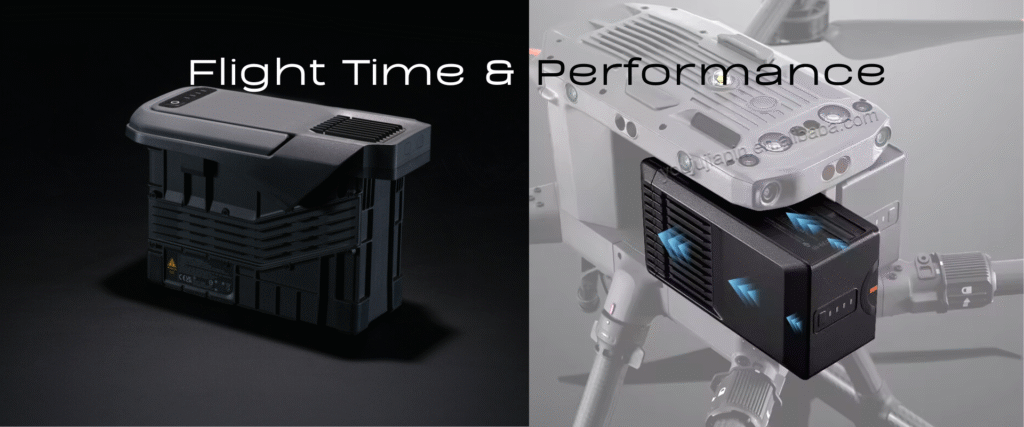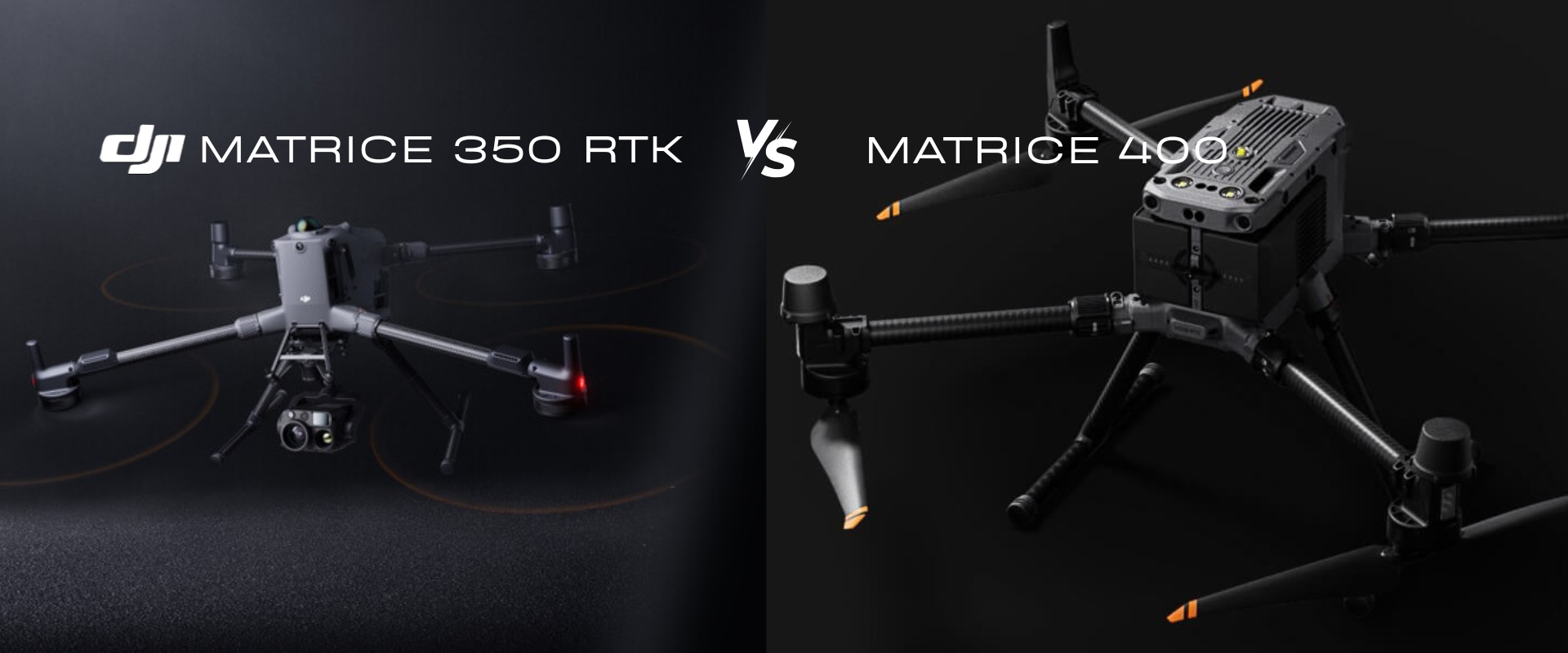DJI Matrice 350 RTK vs Matrice 400 — Choosing the right enterprise drone can make or break mission success—especially when your work involves critical inspections, surveying, mapping, or public safety operations. DJI has recently elevated the game with the release of the DJI Matrice 400, a powerful evolution of its already-capable DJI Matrice 350 RTK. Both drones offer cutting-edge technology, but the differences in payload capacity, flight time, obstacle sensing, and AI automation may determine which one fits your needs better. In this post, we’ll break down the key differences between the DJI Matrice 350 RTK vs DJI Matrice 400 in a simple, practical format to help you make an informed decision.

The DJI Matrice 350 RTK offers a reliable, rugged design built to withstand harsh environments. With an IP55 rating, it’s resistant to dust and water, making it ideal for challenging field conditions. Weighing around 6.47 kg with batteries, this drone maintains a balanced profile between portability and performance. Its foldable design ensures ease of transport, allowing teams to quickly deploy it on-site. The Matrice 350 RTK supports multiple payloads and is well-suited for a variety of enterprise applications like surveying, infrastructure inspection, and search and rescue.
Meanwhile, the DJI Matrice 400 takes ruggedness and capability a step further. Weighing approximately 9.74 kg with batteries, it’s built to carry heavier payloads and more advanced equipment without compromising flight performance. It retains the same IP55 weather resistance, meaning it can operate in rain, wind, and dusty conditions with confidence. Although larger, the Matrice 400’s enhanced frame and increased power are designed for demanding industrial missions—from utility inspections and LiDAR scanning to multi-sensor data collection across extended flight paths. It’s a true workhorse built for professionals needing more flexibility and lifting power.

The DJI M350 RTK delivers up to 55 minutes of flight time under optimal weather and load conditions, offering ample air time for detailed surveys, mapping missions, and infrastructure inspections. With a maximum payload capacity of 2.7 kg, it supports a variety of camera and sensor combinations, making it highly adaptable for different use cases. The drone balances endurance and efficiency, ensuring operators can cover large areas in a single flight while maintaining reliable control and power efficiency. Whether it’s construction monitoring or public safety operations, the M350 RTK offers the stamina needed for professional-grade performance.
In contrast, the M400 significantly extends capabilities with up to 59 minutes of flight time when carrying a standard single payload like the Zenmuse H30T. Even under full load—up to an impressive 6 kg of payload—the drone still maintains around 31 minutes of flight, which is remarkable given the lifting power. Its maximum speed of 25 m/s, combined with faster ascent and descent rates, allows it to cover ground more quickly, making it highly effective for urgent missions or large-area coverage. Whether you’re conducting high-volume inspections or deploying in emergency response, the M400 ensures swift, efficient operations with minimal downtime.

Both drones feature omnidirectional obstacle sensing, but the DJI Matrice 350 RTK relies primarily on its binocular vision sensors placed on all sides for real-time environment mapping and obstacle detection. For enhanced detection in complex scenarios, it can be equipped with an optional millimeter-wave radar, which significantly improves awareness in low-visibility conditions such as fog, rain, or darkness. This combination offers reliable obstacle avoidance for routine missions like land surveying, infrastructure monitoring, and emergency assessments, where terrain complexity and safety are critical factors.
The DJI Matrice 400, however, significantly enhances situational awareness with a comprehensive sensor suite. It integrates rotating LiDAR for 3D spatial awareness, six-direction millimeter-wave radar, and four full-color low-light fisheye cameras. This fusion of technologies allows the M400 to perform precise cable-level sensing, even at high speeds up to 25 m/s, making it one of the most intelligent drones in its class. The system can reliably detect ultra-thin obstacles like 21 mm overhead cables, tree branches, or wires—scenarios that often pose serious risks during inspection flights. This advanced obstacle detection makes the M400 exceptionally well-suited for powerline inspections, telecommunication tower surveys, and urban infrastructure assessments, where precision and safety are non-negotiable.
Transmission Range & Controllers
The M350 RTK operates on the O3 Enterprise system, offering a reliable transmission range (around 8–20 km depending on region), and supports cellular 4G dongles.
The M400 introduces the more advanced O4 Enterprise system, extending range up to 40 km under FCC, with dual 4G redundancy and the ability to serve as an airborne relay for other drones.
Smart Features & Automation
The M350 RTK includes strong RTK precision, waypoint missions, binocular vision and radar sensing, and a robust ecosystem for third-party integration.
The DJI Matrice 400 builds on this with:
AI Detection: The AI Detection feature on the Matrice 400 enables automatic identification of vehicles, vessels, and people in real time. This smart capability boosts efficiency and reduces manual effort, making it ideal for search and rescue, traffic monitoring, and large-area surveys.
AR Projection: The AR Projection feature on the Matrice 400 overlays virtual elements like flight paths, power lines, or landmarks onto the live video feed. This helps operators visualize routes and surroundings more clearly, improving mission accuracy and situational awareness.
Power-Line Follow, Slope/Geometric Routes, Terrain Tracking, Ship-Based Landing, and Smart 3D Capture
These advanced features boost mission efficiency and operator safety.
Battery System
The M350 RTK includes dual TB65 batteries (5,880 Wh total) with hot-swap capability, charging via BS65 battery station.
The M400 uses a more powerful TB100 battery (9,777 Wh) enabling longer single-battery flights and fast charging (~45 min), with quick replacement for continuous missions.
DJI Matrice 350 RTK vs Matrice 400: What You Need to Know

Final Thoughts
The Matrice 400 is DJI’s next-gen flagship—offering heavy-lift power, longer flights, and advanced intelligence. For mission-critical enterprise use in inspection, surveying, emergency response, and infrastructure, it’s hard to beat. But if your operations are lighter-duty or budget-sensitive, the Matrice 350 RTK remains a highly capable and versatile choice.

